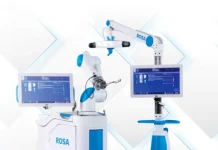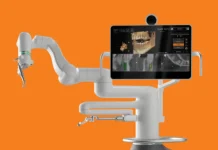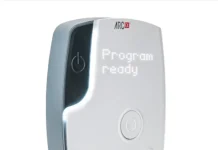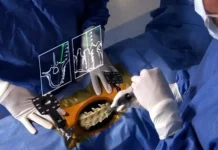Blue Arbor Technologies announced today that it received FDA breakthrough device designation for its Restore neuromuscular interface system.
The FDA also accepted the system into its Total Product Life Cycle (TPLC) Advisory Program (TAP) Pilot. TAP provides early and frequent strategic engagement from the FDA, patients, providers and payers. It facilitates rapid development and widespread access to medical devices.
Related: 4D Path secures FDA Breakthrough Designation for Q-plasia OncoReader Breast
Grass Lake, Michigan-based Blue Arbor designed Restore to integrate into the peripheral nervous system with available robotic prosthetics. It aims to restore naturalistic hand and arm function in patients with upper limb loss. The platform could enable patients to move upper limb prosthetic devices with improved dexterity, speed and reliability.
Restore features implantable intramuscular electrodes, a sensing unit, a socket-mounted receiver and a software package. The sensing unit filters, conditions and processes patient-generated electromyographic (EMG) signals and wirelessly transmits these signals to a socket-mounted receiver. The receiver decodes the signals into movement commands for the prosthesis and the software controls the entire system.
Blue Arbor designed Restore for implantation at the time of an amputation or at the time of any upper limb resconstructive operation for the treatment of neuroma pain and phantom limb pain or for revising the shape of a residual limb. It provides a direct connection to residual muscles and peripheral nerves. The system also allows for simultaneous and independent movement of finger, wrist, and elbow joints.
“Blue Arbor Technologies is dedicated to developing solutions that address the unmet need for improved robotic prosthetic control options for people with limb loss so they can more easily integrate a prothesis in their daily lives and return to normality,” said Dr. Paul Cederna, president of Blue Arbor Technologies. “The breakthrough designation and TAP enrollment is a valuable step in the pathway to FDA market clearance. We look forward to working closely with the agency to make the Restore system available to people with upper limb loss to hopefully increase prosthesis adoption and use.”






